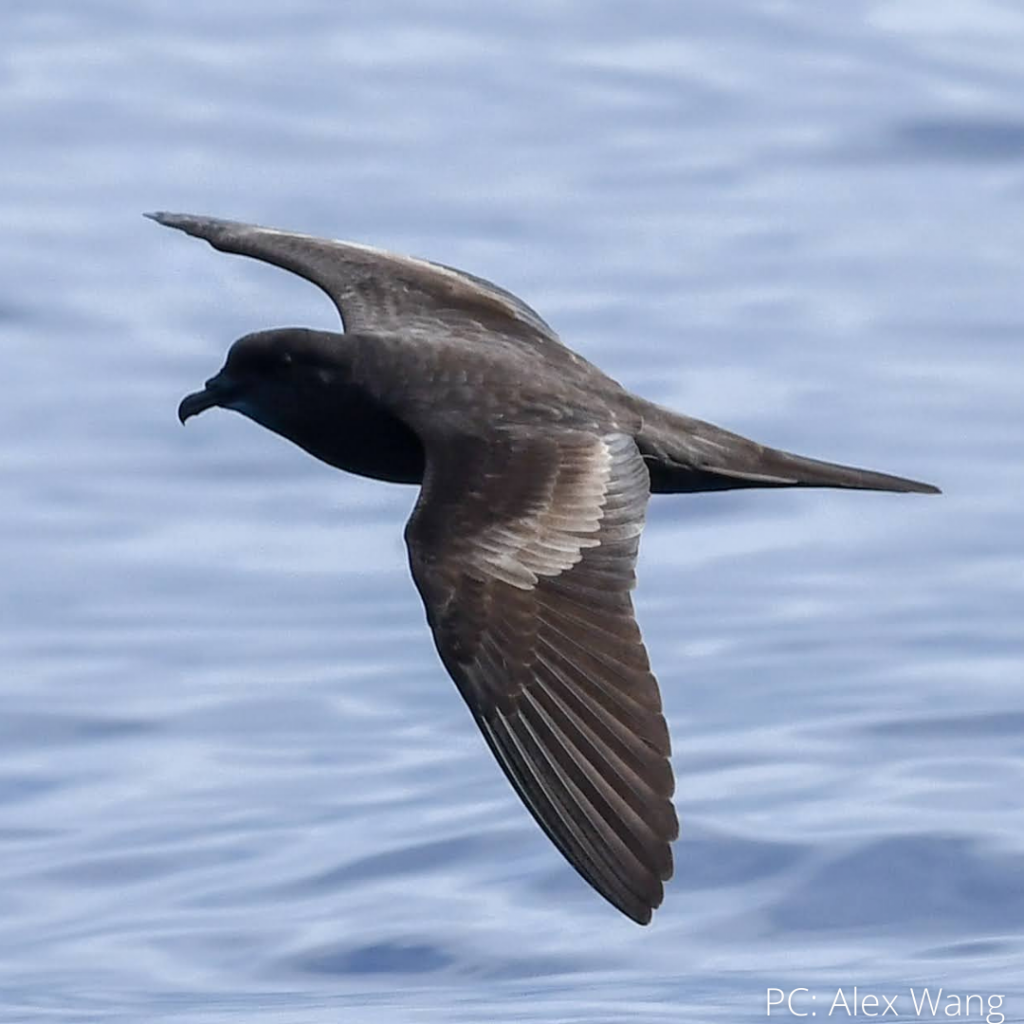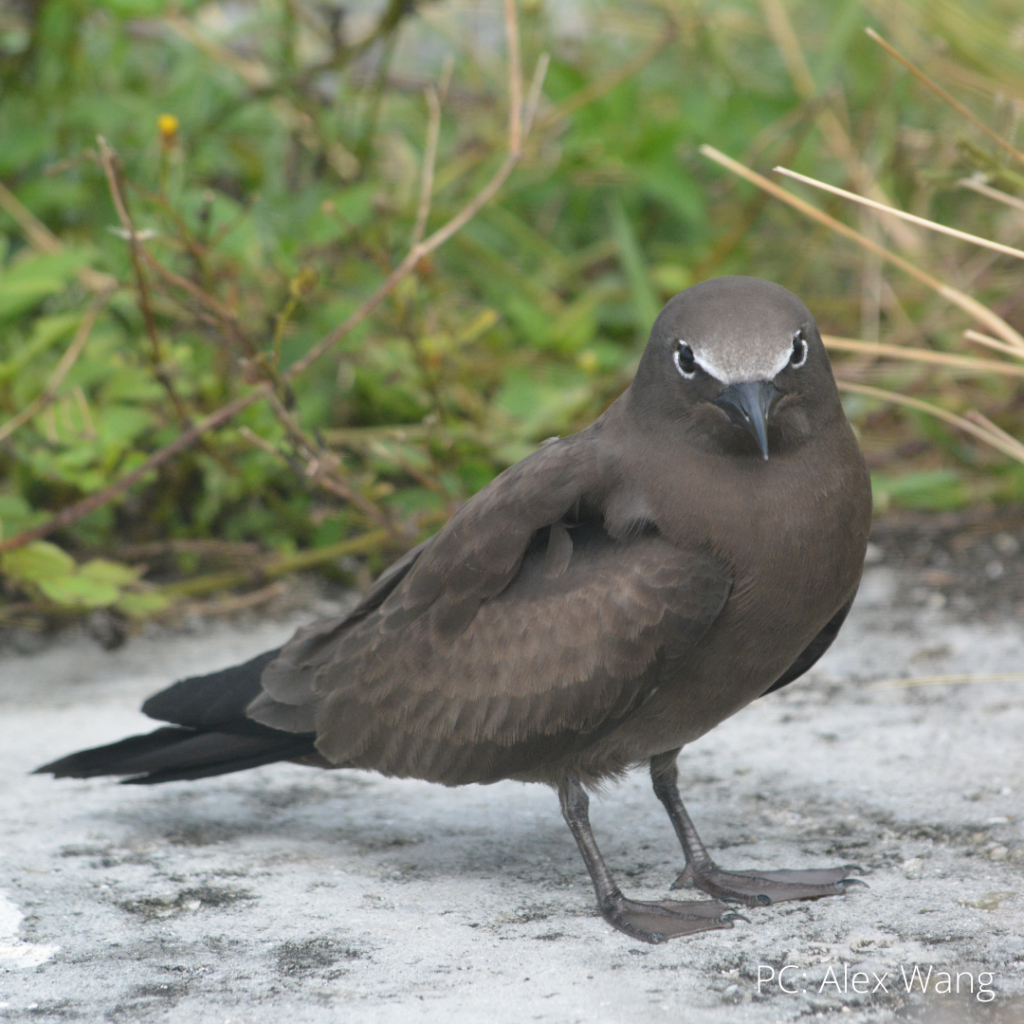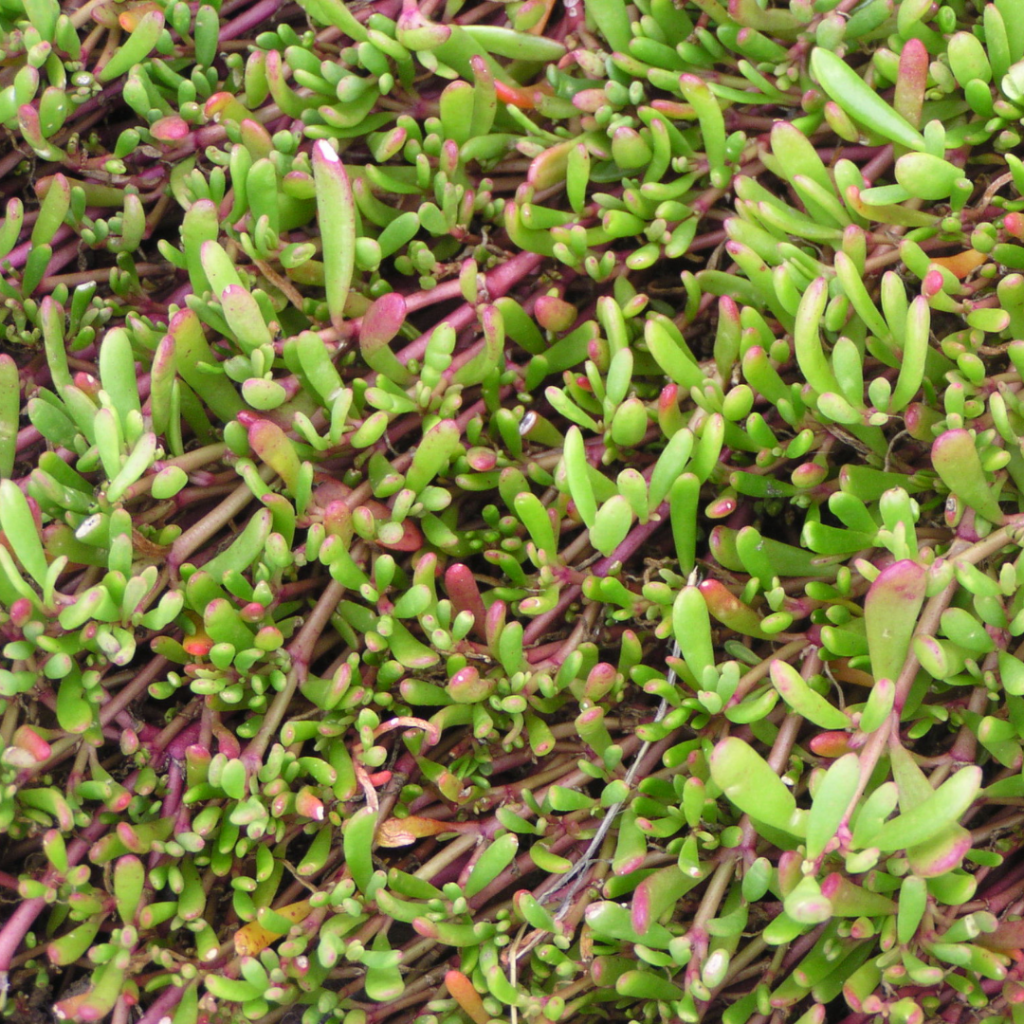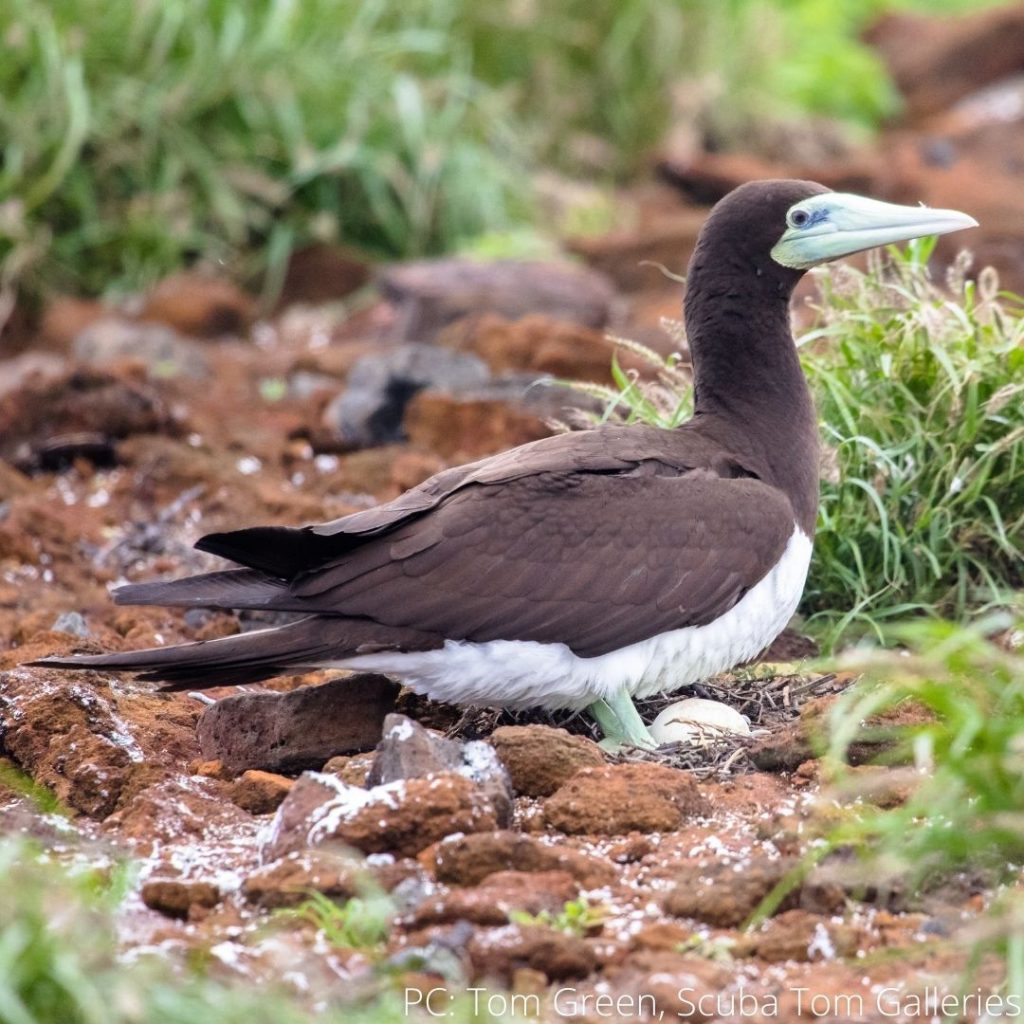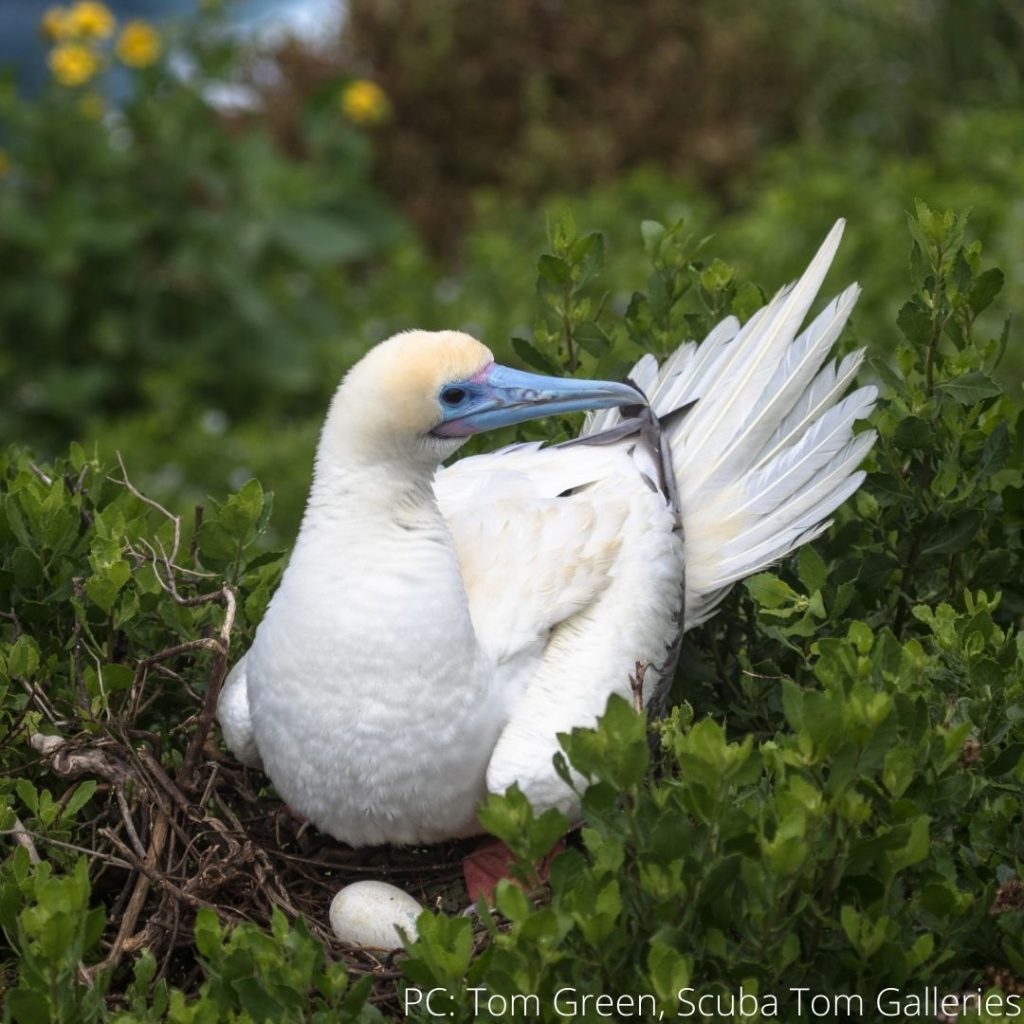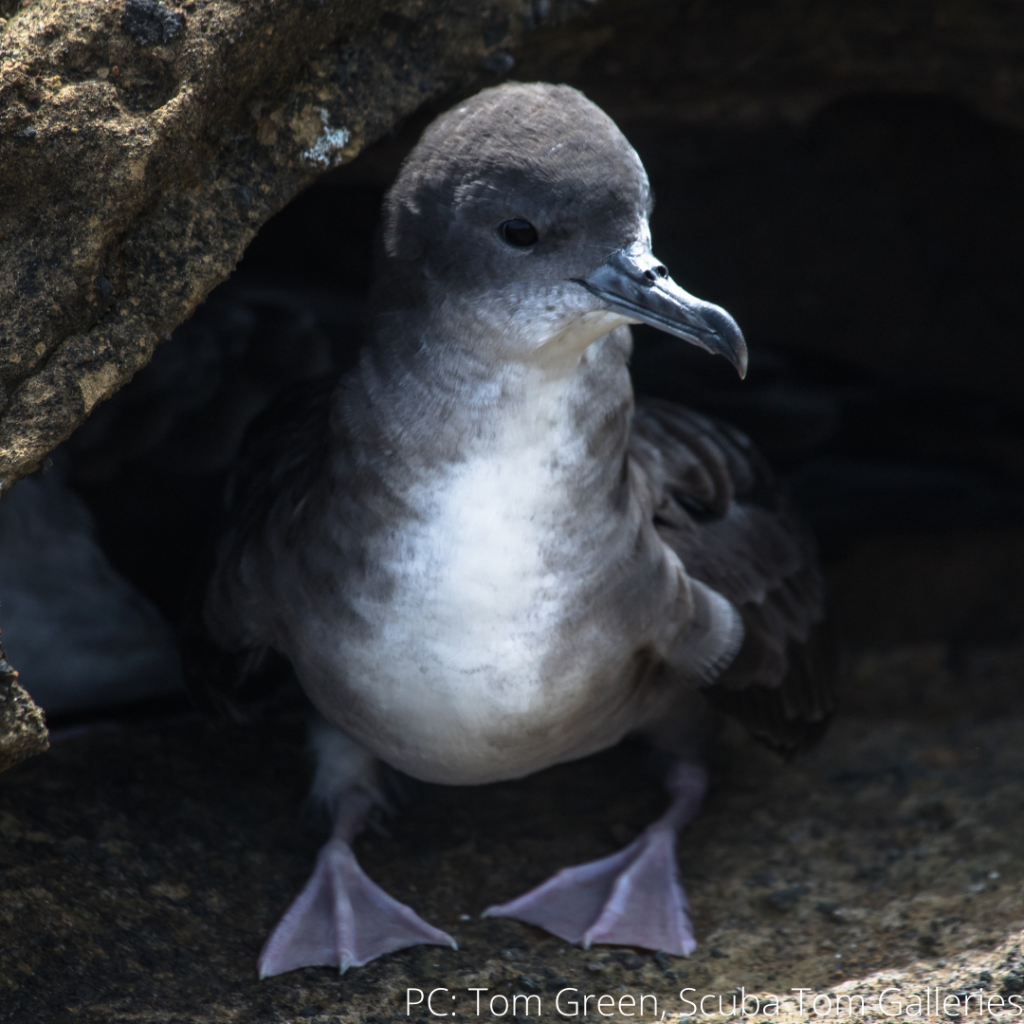Kauaʻi Offshore Islets Seabird Sanctuaries

Table of Content:
Mokuʻaeʻae Rock Islet Seabird Sanctuary
Description
Mokuʻaeʻae Rock Islet is a small islet located 117 meters off the northern coast of Kauaʻi, directly off of Kilauea Point National Wildlife Refuge (KPNWR). At its highest point, it is 31.7 meters above sea level and consists of a sloping plateaus throughout the island. The majority of vegetation on the islet is native, dominated by ʻĀkulikuli (Sesuvium portulacastrum), ʻĀweoweo (Chenopodium oahuense), Scarlet Spiderling (Boerhavia coccinea), and ʻIhi (Portulaca lutea). The islet is protected as a Hawaiʻi State Seabird Sanctuary, with access prohibited above the high-water mark without a permit and is one of only two islets associated with Kauaʻi. It is considered a priority islet by the Offshore Islet Restoration Committee, a multi-agency group focused on restoring native bird and plant communities on islets across the main Hawaiian island chain. Apart from the visits outlined in this report, the islet is rarely visited by biologists.
Activities
None.
Permits & Rules
- This sanctuary is RESTRICTED, per administrative rules Chapter 126 (Wildlife Sanctuaries). Access is restricted to areas below the high water mark.
- Commercial activities are prohibited.
- Other activities (like scientific research, conservation management, or subsistence, traditional, and customary practices by Native Hawaiians consistent with the long-term preservation of the wildlife sanctuary resources) may be possible with a permit. Individuals interested in permits should review the detailed information on our Permits & Guidelines page and contact their local DOFAW office.
Some Native Plants & Animals
These are examples of native species associated with this site. This is not intended to be a comprehensive species inventory.
|
|
|
|
ʻĀkulikuli (Sesuvium portulacastrum) |
|
ʻIhi (Portulaca lutea) |
Kaʻula Islet Seabird Sanctuary
Description
Ka‘ula Rock is a small island 23 miles west southwest of Kawaihoa Point on Ni‘ihau. Ka‘ula is 0.7 miles long, about 540 feet high, and and has an area of about 130 acres. Around 100,000 seabirds of 18 different species nest on Ka‘ula Rock such as sooty terns, brown noddies, boobies, and wedge-tailed shearwaters. The variety of seabird species has given the Ka‘ula Island the designation as a seabird sanctuary, that is closed to the public.
Ka‘ula Rock has no beaches for landing, and there are steep cliffs on all sides of the island. A large sea cave is located at the northwestern end of the island. The first climb that was documented of Ka‘ula Rock was made in 1925. This exploration was directed by lighthouse superintended Fred A. Edgecomb, with a party that landed on the island on July 10th. The party worked until July 21st, building a trail and ladder to the summit. The lighthouse was eventually put into commission in 1932 and operated until 1947. Both the trail and ladder have long since washed into the ocean. Abundant unexploded ordnance is present at the site due to the Navy using the island as a target area in the past.
Activities
None.
Permits & Rules
- This sanctuary is CLOSED, per administrative rules Chapter 126 (Wildlife Sanctuaries).
- Commercial activities are prohibited.
- Other activities (like scientific research, conservation management, or subsistence, traditional, and customary practices by Native Hawaiians consistent with the long-term preservation of the wildlife sanctuary resources) may be possible with a permit. Individuals interested in permits should review the detailed information on our Permits & Guidelines page and contact their local DOFAW office.
Some Native Plants & Animals
These are examples of native species associated with this site. This is not intended to be a comprehensive species inventory.
|
|
|
|
|

